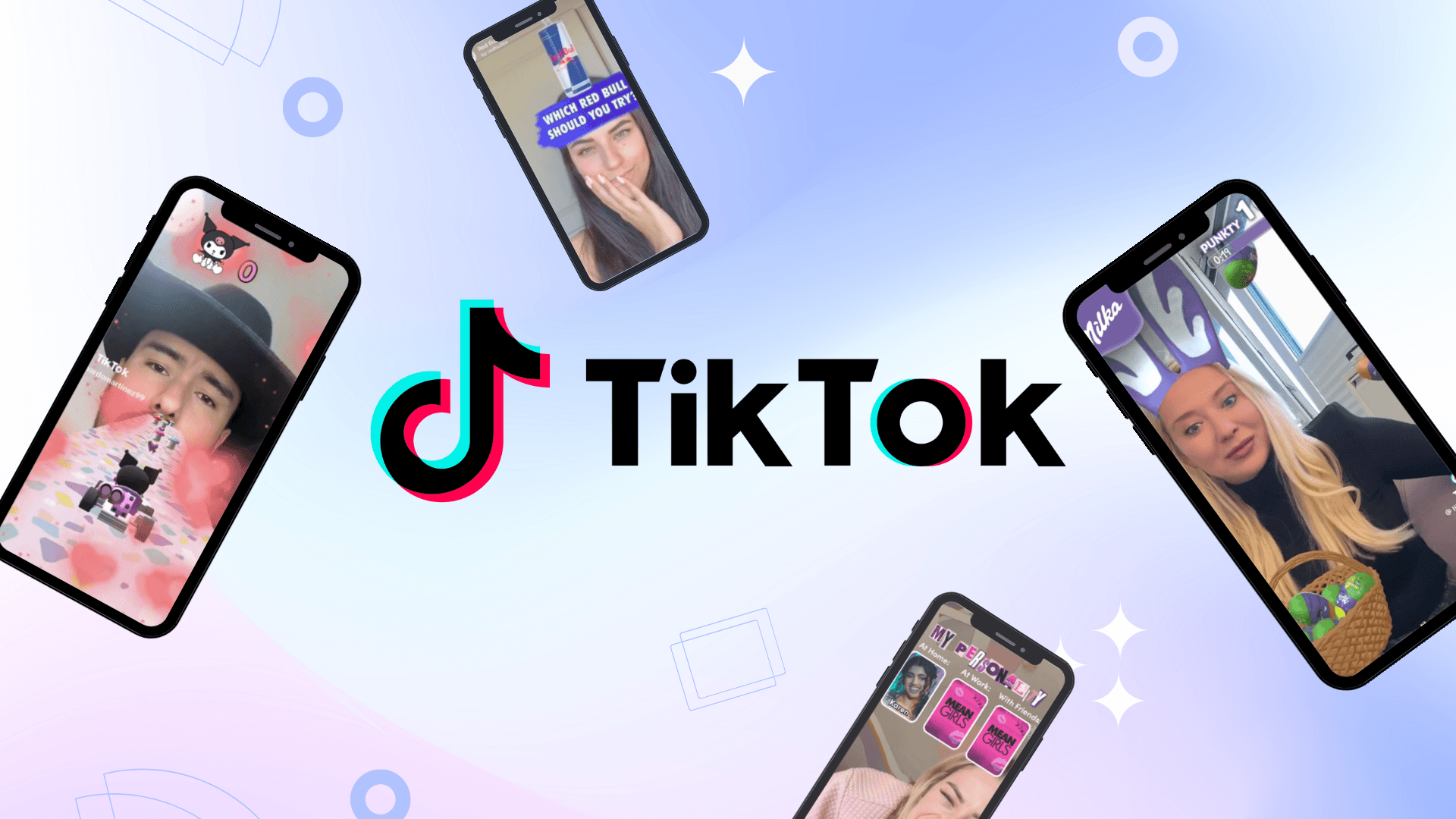B2B Market Leadership 2026: A Roadmap for Digital Success
Want to take your B2B business to the next level in 2026? Learn how to build brand authority, predict growth, and measure results with digital strategies that transform your assets into powerful levers for success.

In the world of B2B for technology, where operational efficiency often outpaces marketing strategy, competitive pressure is not a threat but a catalyst for scale. For established companies operating in IT consulting, cybersecurity, or AI development, the key challenge of 2026 is not survival, but becoming a dominant player. This transition requires abandoning reactive marketing and embracing the Autonomous Growth paradigm, where your digital strategy proactively shapes the market.
We present a deep dive into analytics that will show you how your business will grow when you begin to use your digital assets as a strategic lever, not a secondary tool.
Table of Contents
Three Key Principles of B2B Dominance
Building Authority: Generative Engine Optimization (GEO)
Programming Growth: Autonomous Strategy and Proactive Engagement
Measuring Scale: From Case Study to Forecast
Key Change for 2026
FAQ
Three Pillars of B2B Dominance
Establishing Authority: The Evolution to Generative Engine Optimization (GEO)
In an environment where AI algorithms (LLMs, generative summaries) are becoming the primary information filter, simple keyword ranking is losing relevance. The critical factor is now establishing undeniable brand authority. Leaders concentrate on creating and publishing their own unique data—industry benchmarks, research, and performance metrics.
This content, which we term Original Data Assets, serves as the citable foundation for generative systems, securing your brand's position as the primary source and expert authority. The GEO strategy focuses on capturing the "zero position"in generative summaries. This means your company guarantees itself consistent, non-competitive traffic. Potential partners engage with you because intelligent ecosystems recognize your brand as the undisputed expert in your field.
Programming Growth: Autonomous Strategy and Predictive Engagement
The market is moving away from reactive marketing in favor of a system that predicts client needs and proactively manages the deal cycle. Successful companies eliminate informational gaps by integrating Intent Data with internal client data into a unified RevOps (Revenue Operations) framework. This allows them to precisely determine when a target company begins researching solutions (e.g., cloud modernization or risk assessment) before a formal request is ever sent.
Your digital strategy becomes autonomous and predictable. AI agents ensure hyper-personalized, timely engagement, which removes friction from the sales process and maximizes conversion through perpetual contextual relevance. Your marketing ceases to be a manual process and transforms into an early warning system that proactively facilitates a strategic dialogue.
Measuring Scale: Transforming the Case Study into a Financial Projection
The B2B partnership decision is an investment decision. Consequently, marketing must demonstrate not capabilities, but measurable financial results. Case studies are transformed from reports on work completed into financial projectionsfor the potential partner. Focus is placed on key metrics: percentage increase in Annual Recurring Revenue (ARR), reduction in Total Cost of Ownership (TCO), and successful penetration into new geographic markets.
This approach is solidified by implementing digital self-serve tools, such as interactive ROI calculators and forecasting models. This allows the partner to independently verify the potential financial outcome of collaboration. Such positioning transforms your offering from a cost item into a secure and high-return strategic investment.
The Key Shift of 2026
In 2026, leadership in the B2B segment is not a question of increasing the advertising budget, but the result of strategic integration. Companies that achieve dominance will be guided by three principles: authority, predictability, and financial measurability. They will build an autonomous growth system where every digital asset works to amplify the partner's scale. Moving away from prescriptive selling and toward demonstrating a financial trajectory of growth is the decisive factor. Industry leaders do not explain what they do; they demonstrate the league their partners will grow into.
Answers to key strategic scaling questions
1. What is the strategic advantage of Generative Engine Optimization (GEO) over traditional SEO by 2026? GEO focuses on authority and citability, rather than technical positions in search rankings. The strategic advantage of GEO is capturing the "zero position" in AI-generated summaries, which ensures direct access to audiences seeking verified and authoritative answers.
2. How can B2B companies ensure growth predictability through RevOps? Predictability is achieved by eliminating informational silos across marketing, sales, and customer service. RevOps utilizes a unified data system to create end-to-end analytics, accurately forecasting the deal trajectory and automatically allocating resources to ensure scaling.
3. How is a strategic marketing strategy differentiated from a supportive one? A strategic marketing strategy is directly linked to core financial objectives (ARR, LTV, TCO). It does not merely generate leads; it creates verifiable scenarios for business scaling for partners and demonstrates clear market positioning.














